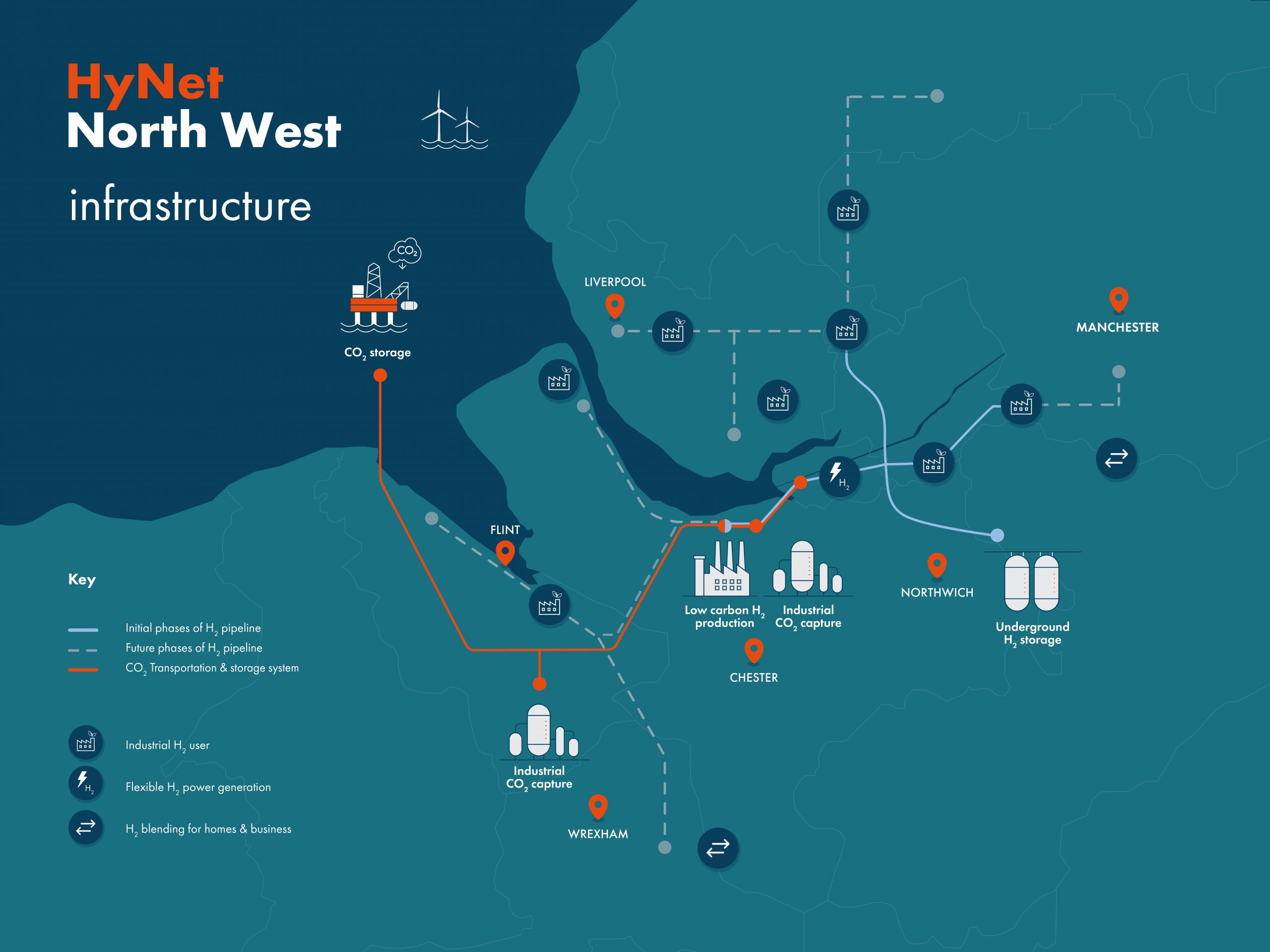Growing local clean energy economies
Some of the most ambitious planning activities to decarbonize are happening at the regional level. These are known as industrial clusters, or low carbon technology focused hubs such as the ARCHES Clean Hydrogen Hub in CA. Such clusters and hubs are effective agents of change as they create a vision for transforming existing local energy and industrial infrastructure while building the economy and jobs.
Working together as a regional cluster greatly leverages the costs and risks of building the common clean energy supply and delivery infrastructure needed to work towards net zero. Having a regional vision and leadership also creates a common voice for interacting with the regional influencers such as community groups, policy makers and financiers- overall ensuring that local economies do not get left behind as the transition continues to unfold.
Creating a common clean technology pathway
How does this work? This partnership development process typically begins with an anchor who has strong local relationships and influence. This can be a government group, a key local industrial player or utility. A series of partnership dialogues lead to an understanding of common decarbonization ambitions among the companies of the region, and who among the group are willing to explore collaboration opportunities.
A bit of matchmaking must occur next, as there are multiple clean energy pathways, but not all are suited to every industry. The needs of net zero data centers, for example, could be met by abundant renewables and energy storage, while those of heavy industry such as steel and cement may need carbon capture. Low carbon transport may rely on clean electricity, hydrogen or efuels.
Regional progress being made- Hynet Northwest
Through the regional lens of existing energy system and industrial strengths, a vision can be developed for deploying transformative low carbon infrastructure. A terrific example of how this is working can be seen in the Hynet Northwest Cluster in the UK, which covers the broader Manchester area. This region has a strong history of heavy industries such as cement, steel and manufacturing, driven by an abundant local supply of natural gas (NG) delivered from the Irish Sea.
While NG use for energy has its own GHG emissions footprint, it can be mitigated through carbon capture. Thus a natural solution for the region is to build large scale carbon capture infrastructure that can be tied directly to industrial facilities and power plants. By repurposing some of the existing NG pipelines, CO2 waste emissions can be transported back to the Irish Sea where they can be safely disposed of in deep geological repositories. The NG plus carbon capture infrastructure will also support the production of low carbon hydrogen, which can be utilized for energy storage, industrial processes and heavy transport.

The decade long development of Hynet’s low carbon infrastructure vision is widely supported by government and the community as it provides a pathway to a sustainable future which preserves jobs and promises to keep industry growing in the region. The carbon capture infrastructure has also received UK government funding and other policy support, which has been key to allowing an initial set of infrastructure projects to be launched there.
While Hynet is a terrific example of a cluster built around heavy industry and carbon capture, there are many forms of net zero clusters and hubs forming around the globe. “Green” Port hubs, such as the Port of Antwerp-Bruges, are leading the deployment of clean fuels infrastructure for net zero shipping. The Basque Net Zero Super Cluster in Spain is a government led effort with a well-developed technology based roadmap to decarbonize the energy supply as well as the robust manufacturing industry of the region. Another model is that of circularity, as seen by the Chemelot Circular Chemical Hub in the Netherlands. Here they are developing a system where waste emissions can be shared among the various chemical manufacturing processes in the cluster to maximize reuse and recycling for the production of net zero products.
The concept of regional clusters and hubs is not new. We have tech hubs, biotech hubs, wine growing regions and auto manufacturing regions. What’s novel here is evolving our industrially focused ecosystems to meet carbon reduction goals.
Is there a clean energy hub or cluster in the works your region? Most have very active community engagement platforms as strong local support is fundamental to their success. If not, look to the more traditional community business or public platforms in your region- they may be farther along in thinking about local energy transition goals than you realize.